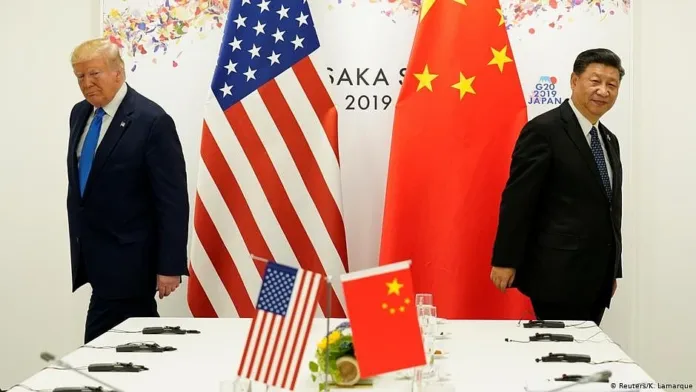The Article Tells The Story of:
- Tariffs slashed—for now – U.S. and China agree to a 90-day pause. What comes next?
- Markets jump on fragile hope – Stocks rally—but can the peace hold?
- Talks held in secret – A quiet Geneva meeting flips the trade narrative.
- Experts stay cautious – Is this a breakthrough—or just a breather?
U.S. and China Agree to Slash Tariffs for 90 Days
The United States and China agreed to pause and reduce tariffs for 90 days. This deal significantly reduces trade pressure between the two global economic powers.
On Monday, both countries announced the tariff cuts after holding high-level talks in Switzerland. U.S. Treasury Secretary Scott Bessent confirmed the outcome during a news conference.
Bessent said the meeting produced strong progress. The agreement reduces mutual tariffs from 125% to just 10%. The pause will begin Wednesday. Both sides will continue talks over the next 90 days.
However, not all tariffs will be removed. The U.S. will keep a 20% tariff on Chinese goods related to fentanyl. As a result, total U.S. tariffs on China now stand at 30%.
Read More About Our Article of Dow’s Historic Crash: Will Trump’s Tariffs Trigger a 2025 Financial Meltdown? Published on April 11, 2025 SquaredTech
Markets React Instantly to the Surprise Deal
The announcement caused a sharp rise in stock markets. Investors saw the move as a positive shift in global trade.
Nasdaq futures jumped by 3.7%. S&P 500 futures rose by 2.7%. The Dow climbed over 840 points. These gains suggest that investors believe the trade war may ease soon.
Oil prices also increased. Brent crude futures rose 2.7% to $65.66 per barrel. U.S. West Texas Intermediate gained 2.9% to $62.81. The ICE U.S. Dollar Index also rose 1.1% to 101.46.
The pan-European Stoxx 600 index increased by about 1% during midmorning trading. Analysts say the rise reflects a positive reaction from global investors.
Experts Warn the Deal Might Be Temporary
While markets celebrated the agreement, experts warned that the 90-day deal may not lead to a long-term solution.
Mark Williams, chief Asia economist at Capital Economics, called it a “substantial de-escalation.” However, he said the U.S. still maintains higher tariffs on China than other countries.
Williams believes the U.S. may still try to pressure other nations to limit trade with China. He warned that the truce may not lead to a permanent ceasefire.
Tai Hui from J.P. Morgan Asset Management said the tariff cut was larger than expected. Hui said this shows both countries realize that tariffs harm global growth. However, he added that 90 days may not be enough to finalize a lasting deal.
Hui also pointed out that details remain unclear. China has not yet said if it will ease restrictions on rare earth exports. Investors are waiting for more information.
Trump’s Trade War Pressure Still Remains
Since taking office, President Donald Trump has pushed aggressive trade policies. His administration placed tariffs as high as 145% on Chinese goods. China responded with similar measures, including rare earth element restrictions.
This trade pressure hurt financial markets and raised fears of a global recession. The new deal marks the first real pause in that conflict.
Still, Trump insists that a 10% baseline tariff will stay for the “foreseeable future.” That means some trade pressure will remain even during the 90-day pause.
The White House said it will continue to push China to open its markets to U.S. businesses. The administration also wants to end unfair trade barriers and reduce the trade deficit.
What This Means for the Future
The 90-day deal cuts tariffs sharply. It gives both sides time to seek a better trade deal. But experts warn this deal may be temporary.
China and the U.S. must still resolve bigger trade issues. These include technology rights, intellectual property theft, and China’s rare earth controls.
If no long-term deal happens after 90 days, tariffs could return. Markets could fall again. But for now, investors are hopeful.
This deal gives both countries a chance to avoid deeper economic harm. It also shows that talks can lead to real change, even after months of conflict.
Stay Updated: Money Talks


